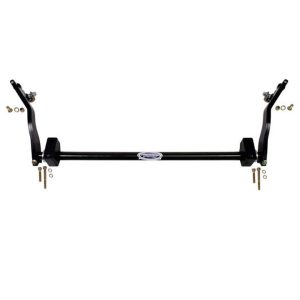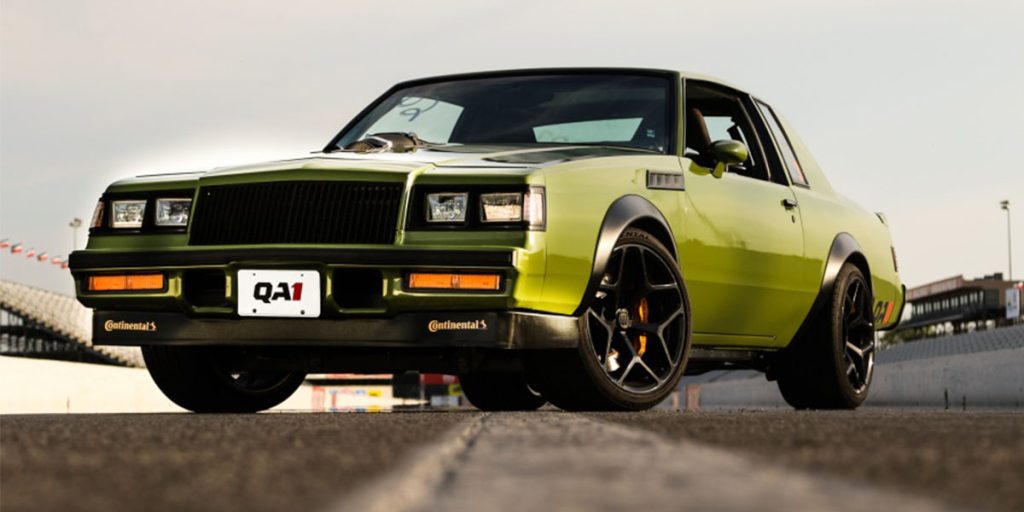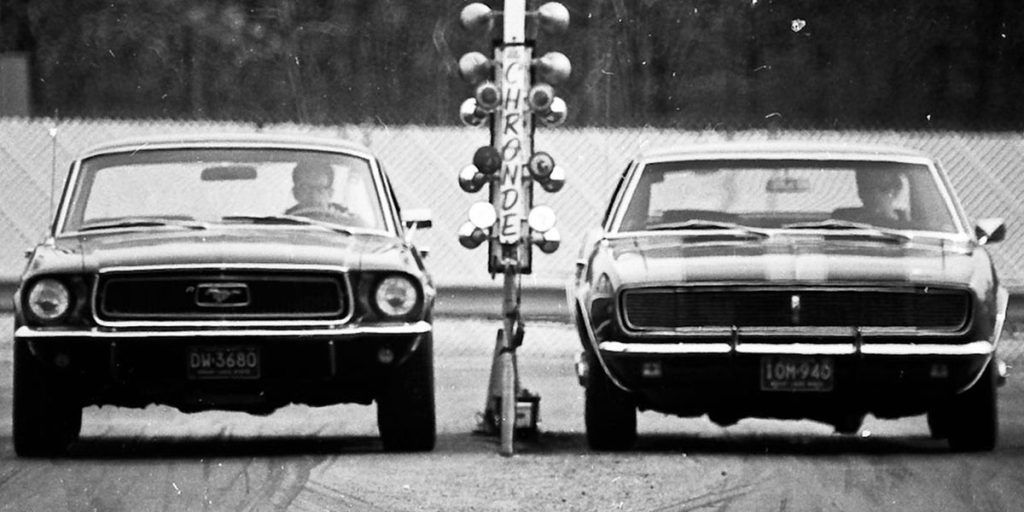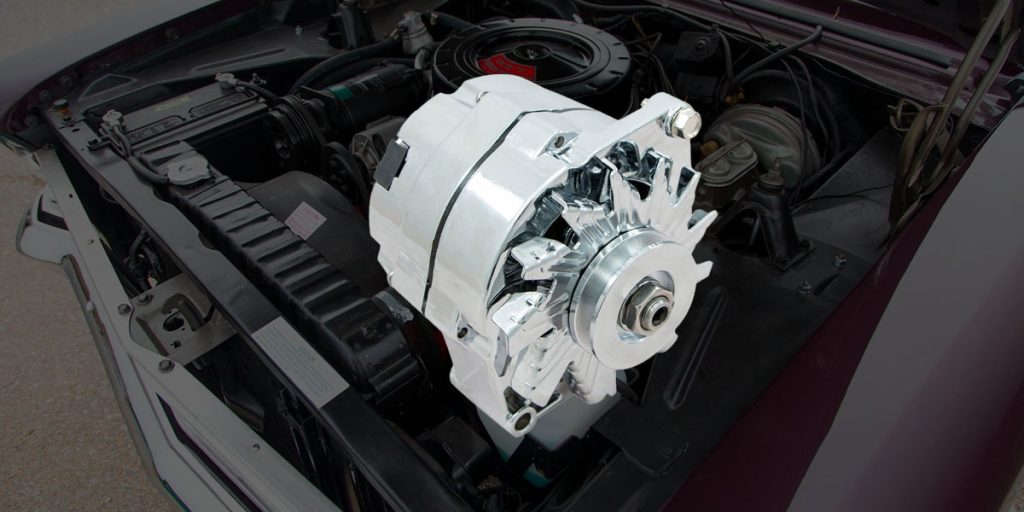When gearheads talk about improving a car’s handling, terms like “coilovers,” “camber,” and “limited-slip differential” often come up in the conversation. But one component quietly plays a massive role in how a vehicle corners, resists body roll, and maintains composure: the sway bar. Also known as an anti-roll bar or stabilizer bar, this fairly simple piece of hardware can dramatically change the way a vehicle feels and performs.
What Is a Sway Bar?
A sway bar is a torsional spring that connects the left and right sides of a vehicle’s suspension. It is usually mounted to the chassis and links to each wheel’s control arm or strut using end links. While it doesn’t affect ride height or alignment, it plays a significant role in limiting body roll during cornering.

How Does a Sway Bar Work?
When a vehicle corners, the weight shifts toward the outside wheels, causing the body to lean or “roll” to one side. This roll can lead to reduced traction, slower steering response, and a less stable feel.
Here’s where the sway bar comes in:
During a turn, one side of the suspension compresses while the other extends.
The sway bar twists as it tries to resist this uneven movement between the left and right wheels.
The torsional resistance of the bar pushes up on the compressed side and pulls down on the extended side, reducing roll.
This keeps the body more level and helps maintain a more consistent tire contact patch across all four tires which improves grip, balance, and confidence.
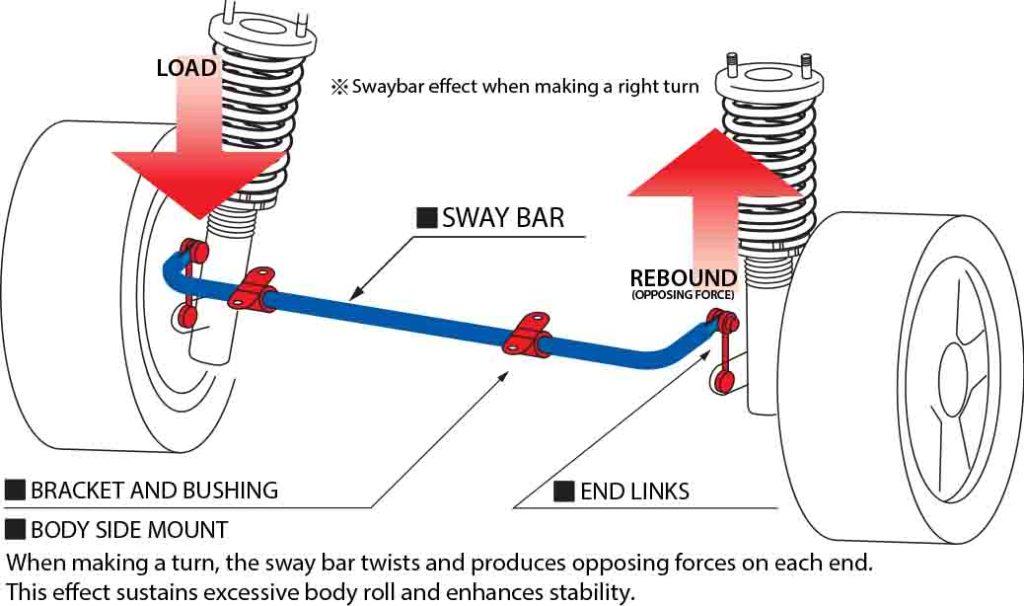
The Science of Sway Bar Stiffness
Sway bars function as torsion springs. Their resistance to twisting depends on:
Diameter of the bar (d) – stiffness increases with the fourth power of diameter
Length between mounting points (L) – longer bars are softer
Material type – steel, chromoly, and aluminum bars vary in elasticity
Arm length – longer arms reduce effective stiffness
Because of the d⁴ relationship, even small increases in diameter make a big difference. For example, going from a 7/8-inch to a 15/16-inch bar increases stiffness by nearly 42%.
Effects of Sway Bars on Handling
Benefits:
Reduced body roll = flatter, more stable cornering
Improved responsiveness = quicker weight transfer and steering feel
Balanced handling = tuning sway bar stiffness front-to-rear can dial in understeer or oversteer
Trade-Offs:
Harsher ride on uneven surfaces, especially with stiffer bars
Reduced independent suspension action – sway bars can limit articulation
Tendency to lift inside wheel in aggressive cornering or off-road use (especially with stiff rear bars)
Types of Sway Bars
Solid Bars – More rigid and commonly found in OEM and aftermarket setups
Hollow (Tubular) Bars – Lighter with similar torsional stiffness; ideal for weight savings
Adjustable Sway Bars – Feature multiple end link mounting holes to change leverage and fine-tune handling
Blade-Type or Race Sway Bars – Found in motorsport; ultra-adjustable with minimal weight
Sway Bar End Links
Often overlooked, end links play a key role in connecting the sway bar to the suspension arms. Aftermarket options include:
Adjustable end links – useful for correcting preload on lowered cars
Spherical rod ends (heim joints) – reduce deflection in high-performance applications
Polyurethane bushings – stiffer and more durable than rubber OEM bushings
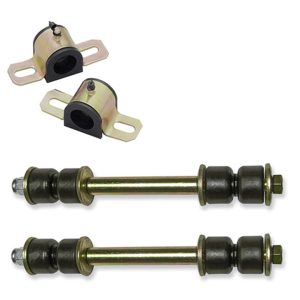
Front vs. Rear Sway Bar Tuning
Tuning sway bars isn’t about maximum stiffness, it’s about balance. Here’s how different configurations affect handling:
Stiffer front bar = reduces front roll, but increases understeer
Stiffer rear bar = reduces rear roll, can induce oversteer (especially in RWD cars)
Balanced upgrade = front and rear bars upgraded in proportion to maintain handling neutrality
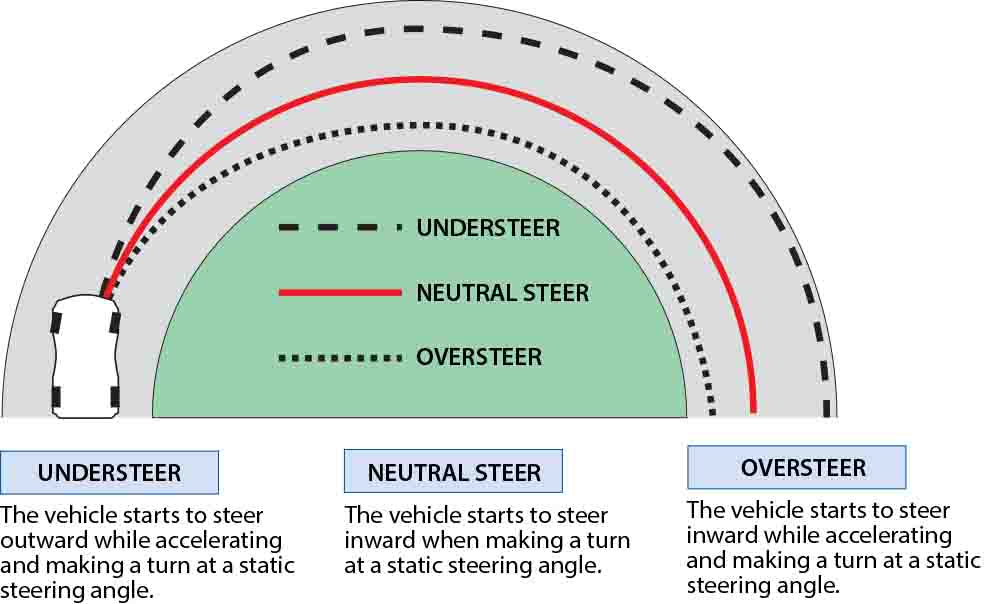
Real-World Example: Street vs. Track vs. Off-Road
Street Car:
Mild increase in bar stiffness improves responsiveness and roll control without sacrificing ride comfort
Poly bushings and high-quality end links are a smart upgrade
Track Car:
Large, adjustable bars with short, stiff end links allow for corner balance tuning
Stiff rear bars help rotation in RWD cars
Often paired with stiffer springs and dampers
Off-Road Rig:
Disconnecting sway bars improves articulation for crawling
Some setups use quick-disconnects or electronic sway bar disconnects (e.g. Jeep Rubicon)
Too much sway bar = reduced traction off-road
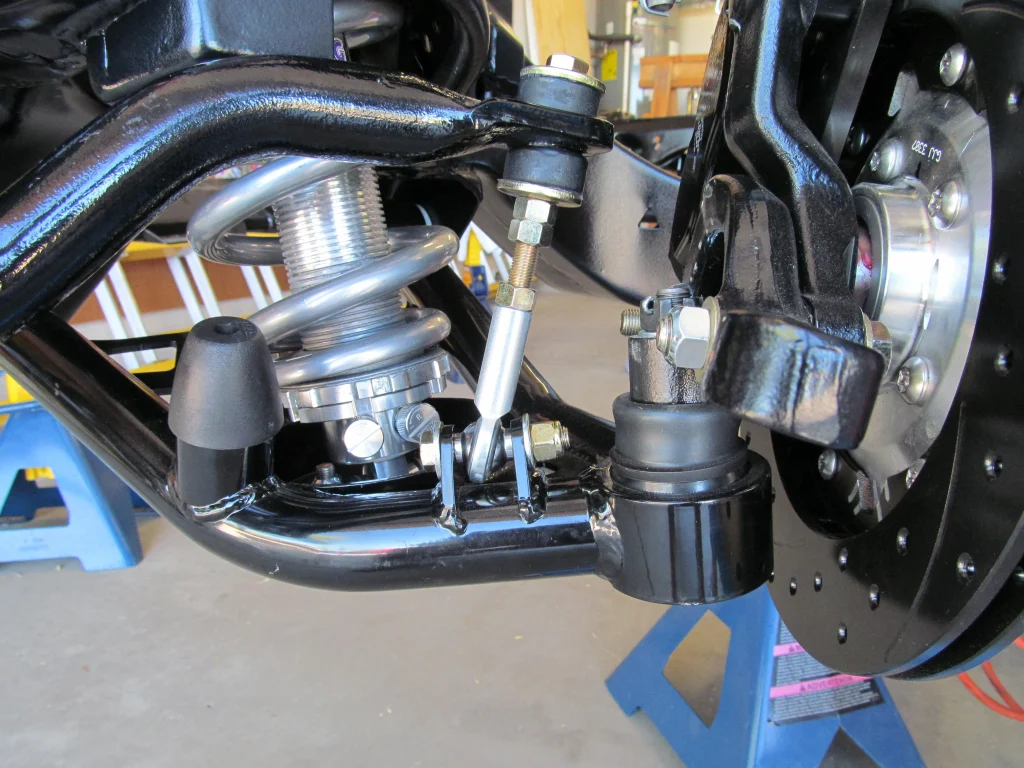
Installing or Upgrading a Sway Bar: Tips
Always torque hardware properly as loose end links can cause clunking
Grease poly bushings to avoid squeaks
Adjust end links with the car on the ground to avoid preload
After installation, test in a safe area to check for handling balance
The sway bar is one of the most cost-effective and impactful suspension upgrades you can make. Whether you’re taming body roll on a vintage muscle car, fine-tuning your autocross setup, or increasing articulation on a rock crawler, understanding and tuning your sway bars can transform how your vehicle handles.
Though they rarely get the spotlight, sway bars are proof that sometimes the simplest parts make the biggest difference.
If you need a sway bar for your ride, hop on SS396.com or give our friendly techs a call at (203) 235-1200!

